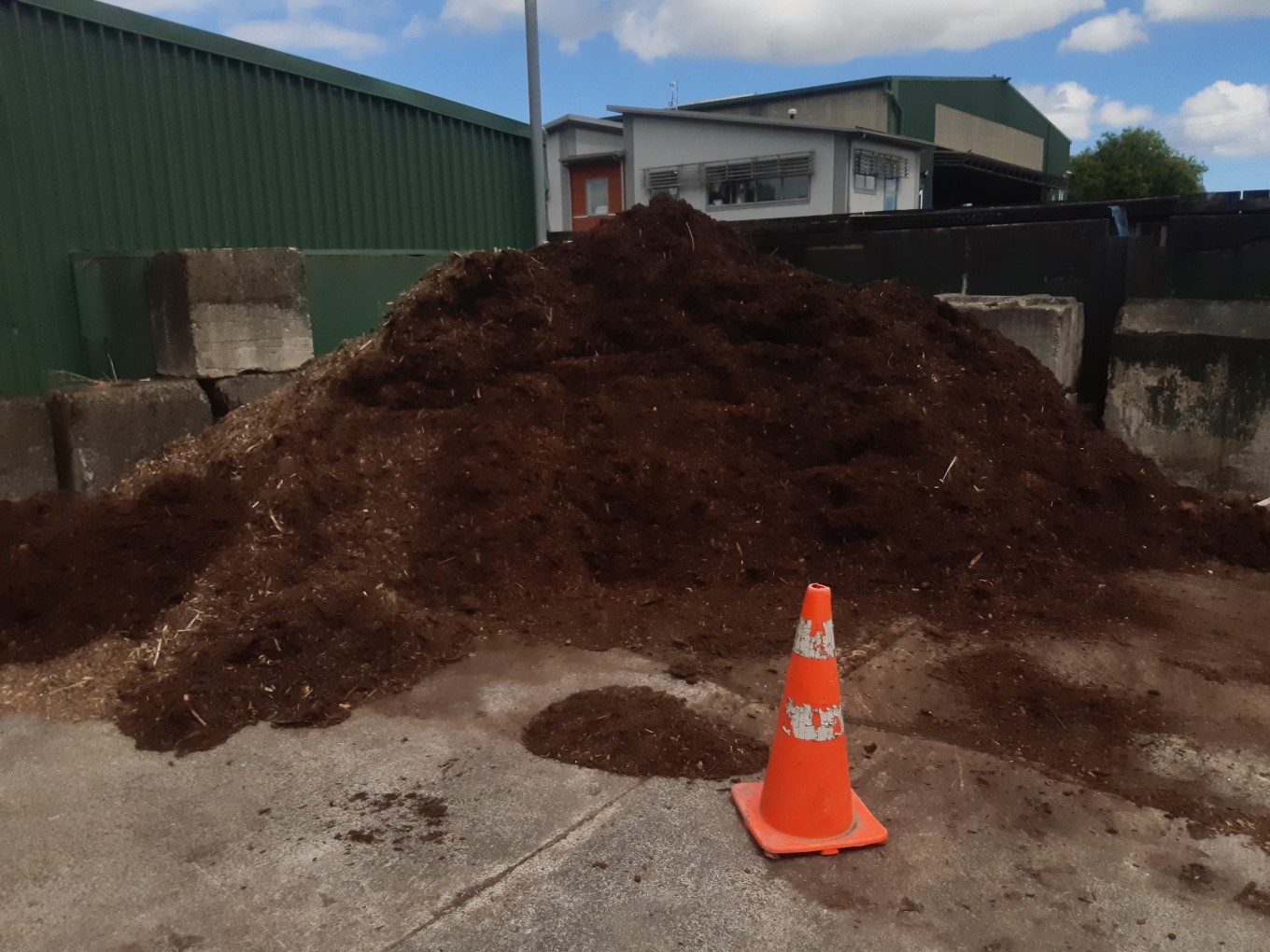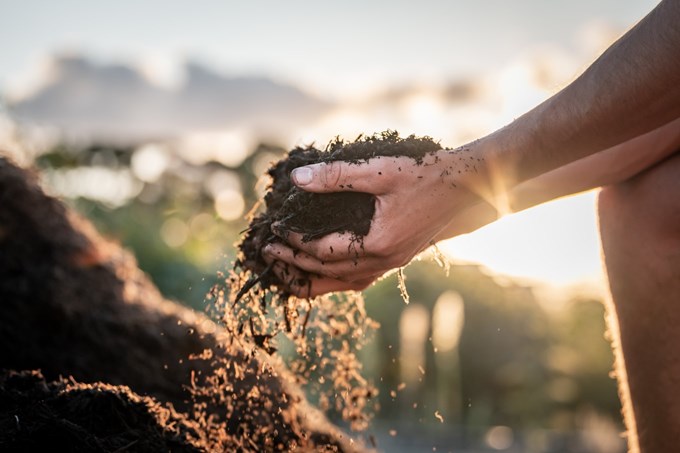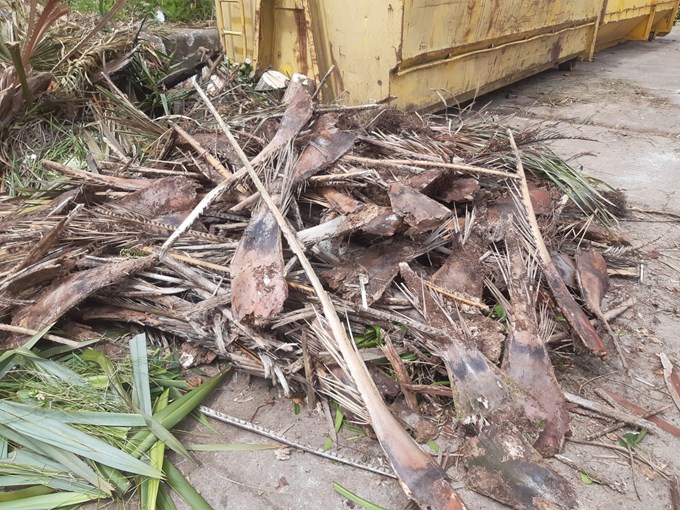With El Niño increasing the chances of a long hot summer baking the ground, the Waitākere Refuse and Recycling Transfer Station has got you covered.
Or at least your garden beds covered.
For the first time, the Auckland Council transfer station in Henderson is offering mulch made from fibrous green waste such as flax, palms, yucca, cabbage trees and bamboo. When laid in gardens, the dense mulch retains 94 per cent of water meaning less watering is needed.
Auckland Council General Manager Waste Solutions Parul Sood says fibrous green waste is unable to be composted and had been too difficult to process until now.
“We wanted to transform the fibrous green waste into something useful to keep it out of landfill and beneficially used. By turning it into a high-quality nutritious mulch, we’re offering Auckland gardeners a product that will save them time and money and another valuable resource, water.”
Auckland company GreenCycle processes the fibrous green waste with specialised equipment and delivers the mulch to the Waitākere transfer station for residents to purchase for their gardens. After offloading, its drivers pick up more fibrous green waste to take back for processing.
GreenCycle Director Seb Bainbridge is a former arborist who had been frustrated with seeing green waste such as flax and bamboo go straight to landfill.
“There were no sustainable solutions available at all for fibrous green waste back in 2020. It took us two years of trial and error to develop a unique recycling process that transforms it into a high-quality mulch. The response has been incredibly positive as every month, we receive more material for processing, and people love the mulch.”
Previously, only non-fibrous green waste was recycled by being turned into compost. Now all the separated green waste taken to the Waitākere transfer station is utilised and saved from landfill.

By collecting the fibrous green waste separately, it was initially estimated 10 tonnes per week would be diverted from landfill. By week two of operation, 18 tonnes was being diverted.
For the month of August, 81 tonnes of fibrous waste was received, twice the expected 40 tonnes. In September that figure rose to 108 tonnes and in October, 154 tonnes.
“We are now expecting 1,200 to 1,500 tonnes per year, including the busy summer season where we usually see more material coming in,” says Ms Sood.
Chair of the Planning, Environment and Parks Committee Richard Hills says keeping resources out of landfill requires local solutions that benefit local communities.
“If Auckland is to achieve zero waste by 2040, we all need to make changes, including finding more innovative ways to extract the value from what we currently send to landfill.
“We hope to see residents with green thumbs and landscapers take advantage of the low-cost, high-quality mulch here at the transfer station in Henderson.”
“It is fantastic to see another great initiative that removes thousands of tonnes of waste from landfill,” says Councillor Hills.
With close to 272,000 tonnes of green waste ending up in landfill every year across New Zealand, the West Auckland transfer station and GreenCycle are at the forefront of reducing waste.
One of the largest transfer stations in the country, Waitākere Refuse and Recycling Transfer Station accepts a wide range of waste and recyclable items.
You can find more details on the Auckland Council website, enter ‘Waitākere transfer station’ in the search box.
The Waitākere transfer station is selling the mulch at the special introductory offer of $65 per cubic metre and $35 per half cubic metre.



